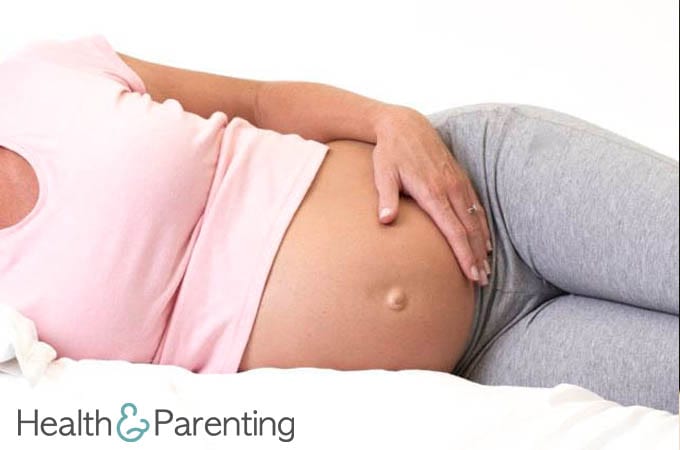Becoming a father is a huge thing, and it will undoubtedly change your partner’s life forever. Whether your pregnancy was a long time coming or a complete surprise, your partner is likely to have some worries about becoming a dad. You know all those little worries and insecurities that keep you awake at night? Well, he’s probably feeling the same way. Here are seven ways to help him prepare for fatherhood:
- Communicate – talk and listen. Tell him your expectations, and how he can help you out during pregnancy and motherhood, but also take the time to listen to his concerns and anxieties. Offer support and guidance where necessary, and be understanding towards his feelings.
- Help him to help you – during pregnancy and the first few weeks of parenthood, your partner will be tasked with looking after you while you take care of the baby. Make sure he knows this, and let him know how you want him to help. Cooking meals, tidying up, laundry and acting as a gatekeeper for unwanted guests are all important roles that your partner can take on to help you out during this time.
- Bump bonding – you spend every single second of the pregnancy with your developing baby. You feel the kicks, the hiccups, and notice when the baby is sleeping. While your partner may feel lucky to have avoided the backache, swollen ankles and hormonal rollercoaster of pregnancy, he’s also probably a little jealous. Without even trying, you’re already starting to bond with your baby. To make the transition to fatherhood easier, you should encourage your partner to do the same. Feeling the kicks, talking to the baby, and generally taking a hands-on approach to your bump can help him prepare for being a dad.
- Preparing the nest – while nesting is typically the domain of heavily pregnant women, there’s no reason why expectant dads can’t get in on the act too. Putting together the crib, choosing the car seat and getting the nursery ready, are all great ways to get your partner involved in preparing for the baby.
- Birth bonding – it’s not just mums and babies who benefit from skin to skin, it has been shown to help dads bond with their newborns, too. Make sure your partner is topless for his first cuddle with his new baby, and encourage him to spend a bit of time each day having skin to skin contact with his new baby.
- Baby care – get your partner involved in baby care from the very beginning. If you’re breastfeeding, your partner won’t be able to feed the baby, but he can play an active role in your breastfeeding journey by supporting you. Changing nappies, getting the baby dressed and carrying the baby in a sling are all things dads can do straight after the birth.
- Reassurance and confidence – the first few weeks as a parent can be terrifying, and you may feel worried that you’re doing everything wrong. Well, rest assured that your partner feels the same way. He’s just as nervous as you, though he may not always act it. Reassure your partner when he’s doing a good job, and help to build his confidence in his new role. Trust him, encourage him and appreciate him, just as he is doing with you.
Is your partner nervous about becoming a new dad? How are you helping him to prepare for fatherhood?
Written by Fiona (@Fiona_Peacock), mother, writer and lover of all things baby related.
This information is not intended to replace the advice of a trained medical doctor. Health & Parenting Ltd disclaims any liability for the decisions you make based on this information, which is provided to you on a general information basis only and not as a substitute for personalized medical advice. All contents copyright © Health & Parenting Ltd 2017. All rights reserved.





















